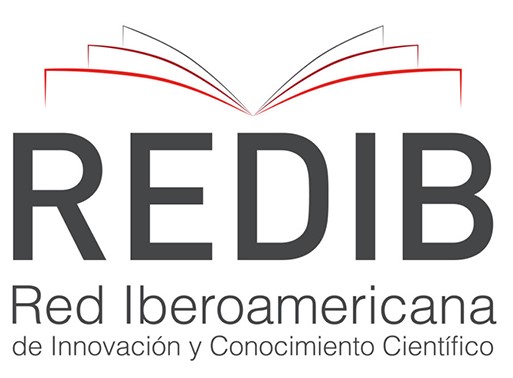Presence of parasites with zoonotic potential in the sand of recreational squares of municipal schools of child education in the municipality of Pelotas, RS, Brazil
DOI:
https://doi.org/10.35172/rvz.2019.v26.147Keywords:
zoonoses, recreation squares, children, contaminationAbstract
This study, had as objective, to analyze the contamination of the sand of recreation squares of the municipal schools of pre-school education, in the municipality of Pelotas, RS, Brazil. Sand samples were collected from 20 schools from four neighborhoods. The samples were processed by the centrifugal-flotation method. Samples from 11 schools, 55% of the total, were positive for parasites with zoonotic potential. Ancylostoma was the most prevalent genus, being found in nine schools, 45% of the total. Among the neighborhoods, the one that presented the highest contamination, was the Fragata, with 80,0% (4/5), the Três Vendas neighborhood, did not present positive samples, being, in this way, the one that presented smaller percentage of contamination. The occurrence of parasites indicates that preventive measures should be adopted, preventing the access of animals to the internal space of schools, avoiding the contamination of sand and other sites by eggs and larvae of parasites with zoonotic potential, as those found in this study and thus reduce the exposure of children and others to these agents.
Downloads
Published
How to Cite
Issue
Section
License

Este obra está licenciado com uma Licença Creative Commons Atribuição-NãoComercial 4.0 Internacional.











